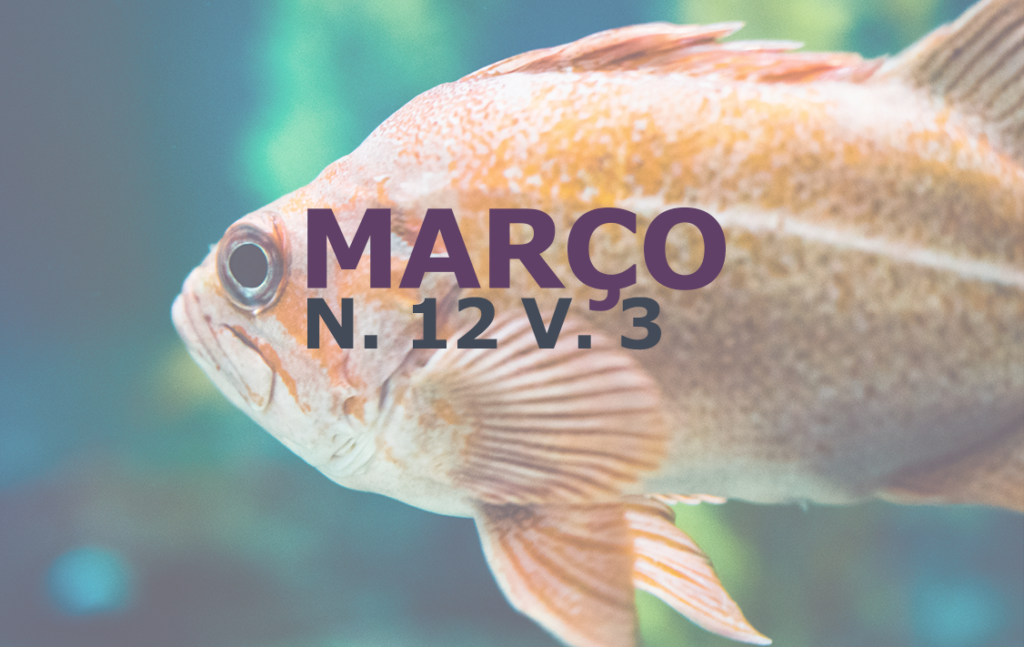Surgical approach of rectal prolapse in feline: Case report
DOI:
https://doi.org/10.22256/pubvet.v12n3a53.1-5%20Keywords:
Anal canal, intestinal, cat, protrusionAbstract
Rectal prolapse is a protrusion or eversion of the rectal mucosa from the anus and it is more reported in young animals. It is usually a consequence of underlying disorders intestinal diseases that cause diarrhoea and. The present study reports a case of rectal prolapsed in a cat puppy associated to necrose of the rectum, disquesia and emaciation. A feline S.R.D, 2 months old, was attended at the Metropolitan Veterinary Hospital, Caucaia, Ceará, Brazil, presenting the prolapsed rectum, tenesmus, dyskinesia, anorexia, emaciation, prostration and regions of necrosis in the prolapsed rectum. Haematological and biochemical tests revealed anemia and ALT increases. The surgical treatment consisted resection of restum and it was made an anastomose throue in the application of cross anchors and resection of the prolapsed mass and in the application of separate single sutures to make the anastomosis. The patient was reassessed in the following weeks and showed a return to the normal physiological functions of defecation. It is concluded that rectal amputation may be an alternative for the surgical treatment of rectal prolapse in felines.
Downloads
Published
Issue
Section
License
Copyright (c) 2018 Tatianne Alexandre Azevedo Viliotti, Anne Nelizia Holanda de Lima, Ingrid Rabelo Rodrigues, Aline Silveira Feitosa, Rebeca de Melo Santos, Sarah Ary Ceni, Maria Ester Crispim Nogueira Fernandes, Richard Elaino de Oliveira Ferraz

This work is licensed under a Creative Commons Attribution 4.0 International License.
Você tem o direito de:
Compartilhar — copiar e redistribuir o material em qualquer suporte ou formato
Adaptar — remixar, transformar, e criar a partir do material para qualquer fim, mesmo que comercial.
O licenciante não pode revogar estes direitos desde que você respeite os termos da licença. De acordo com os termos seguintes:
Atribuição
— Você deve dar o crédito apropriado, prover um link para a licença e indicar se mudanças foram feitas. Você deve fazê-lo em qualquer circunstância razoável, mas de nenhuma maneira que sugira que o licenciante apoia você ou o seu uso. Sem restrições adicionais
— Você não pode aplicar termos jurídicos ou medidas de caráter tecnológico que restrinjam legalmente outros de fazerem algo que a licença permita.





